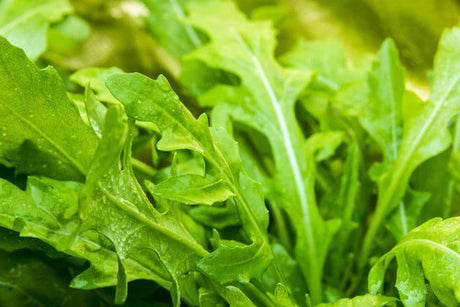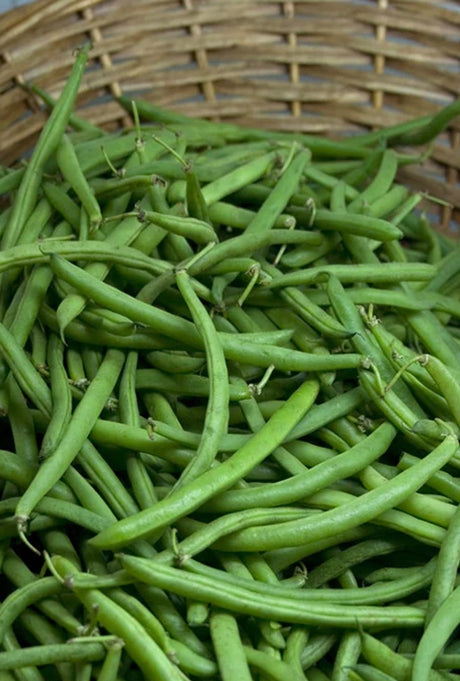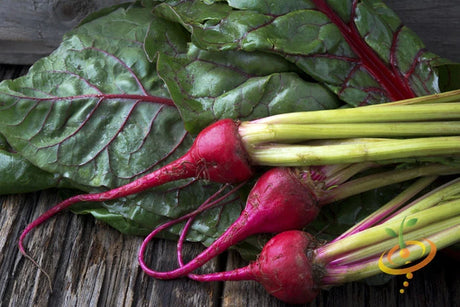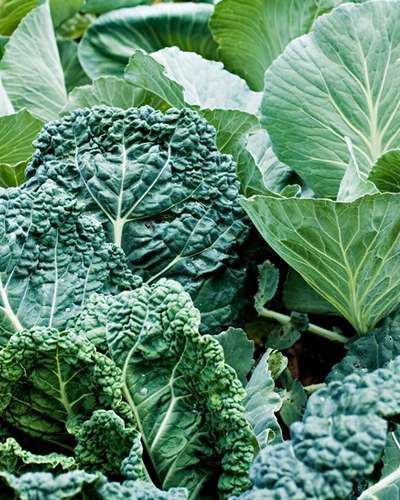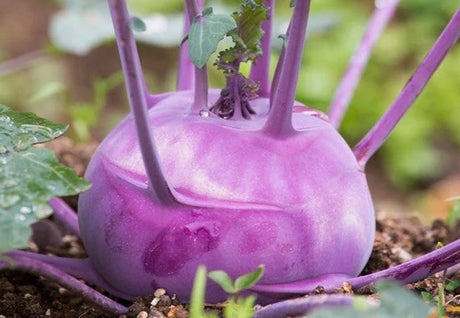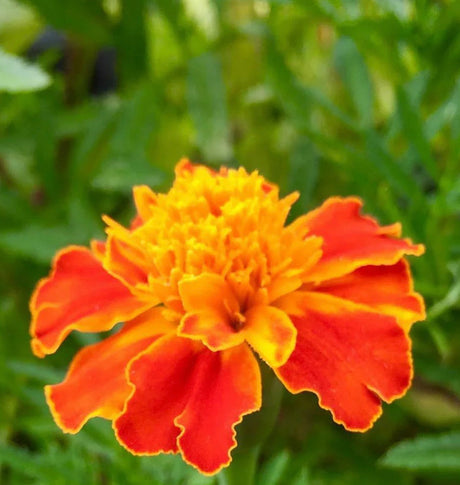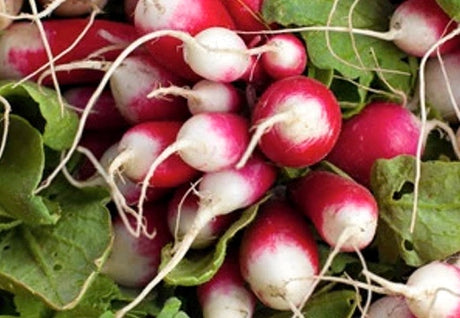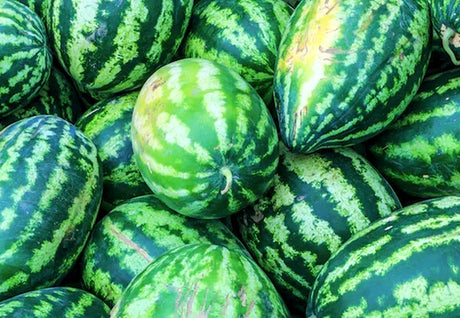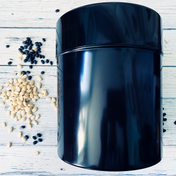Daisy, Black-Eyed Susan (Rudbeckia Hirta) Flowers
Add this item to your cart
| Subtotal | |||
|---|---|---|---|
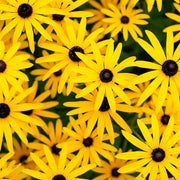
|
Sampler Pack (Appx. 50 seeds)
$399
|
||

|
Large Pack (Appx. 400 seeds)
$699
|
||
Description
Description
The Daisy, specifically the Rudbeckia Hirta, is a perennial plant that is widely appreciated for its vibrant yellow flowers and its ability to thrive in various garden conditions. This species, commonly known as the Black-eyed Susan, belongs to the Asteraceae family and is native to North America. The plant typically reaches a height of 1 to 3 feet and produces flowers that can measure up to 3 inches in diameter.
Rudbeckia Hirta is characterized by its distinctive dark brown or black center, surrounded by bright yellow petals. This striking appearance not only enhances the aesthetic appeal of gardens but also attracts a variety of pollinators, including bees and butterflies, which are essential for maintaining ecological balance. Studies indicate that plants like Rudbeckia Hirta can increase pollinator activity by up to 50% in garden environments.
In terms of cultivation, Rudbeckia Hirta is known for its resilience and adaptability. It prefers full sun but can tolerate partial shade, making it suitable for diverse planting locations. The plant thrives in well-drained soil and can withstand drought conditions once established. It is important to note that while Rudbeckia Hirta is relatively low-maintenance, regular deadheading can promote prolonged blooming periods, extending the flowering season from mid-summer to early fall.
From a horticultural perspective, the Rudbeckia Hirta is often used in mixed borders, wildflower gardens, and as a cut flower in arrangements. Its ability to self-seed allows for natural propagation, contributing to the sustainability of garden ecosystems. However, gardeners should be mindful of its potential to spread, as it can become invasive in certain regions if not managed properly.
In summary, the Daisy (Rudbeckia Hirta) is a valuable addition to any garden, offering both visual appeal and ecological benefits. Its ease of care, coupled with its role in supporting pollinator populations, makes it an ideal choice for both novice and experienced gardeners alike. By incorporating Rudbeckia Hirta into your gardening plans, you can enhance the biodiversity and beauty of your outdoor space.
- Life cycle: Tender perennial
- Bloom season: Summer
- Attracts: Bees, butterflies, and other pollinators
- Flower meaning: Justice
SEED PLANTING TIPS
- Botanical name: Rudbeckia hirta
- Hardiness zones: 3-8
- Planting season: Spring, fall
- Days to maturity: 90-120 days
- Cold stratify: Yes
- Depth to plant seeds: Lightly cover - seeds need light to germinate
- Spacing between plants: 12"-18" apart
- Days to germinate (sprout): 7-21 days
- Germination soil temps: 70F-75F
- Soil types: Clay, sandy, loamy, moist, well-drained
- Soil pH: 6.8-7.7
- Water needs: Average
- Sun needs: Full sun, part shade
- Frost tolerant: No
- Drought tolerant: Yes
- Deer resistant: Yes
Description
Description
The Daisy, specifically the Rudbeckia Hirta, is a perennial plant that is widely appreciated for its vibrant yellow flowers and its ability to thrive in various garden conditions. This species, commonly known as the Black-eyed Susan, belongs to the Asteraceae family and is native to North America. The plant typically reaches a height of 1 to 3 feet and produces flowers that can measure up to 3 inches in diameter.
Rudbeckia Hirta is characterized by its distinctive dark brown or black center, surrounded by bright yellow petals. This striking appearance not only enhances the aesthetic appeal of gardens but also attracts a variety of pollinators, including bees and butterflies, which are essential for maintaining ecological balance. Studies indicate that plants like Rudbeckia Hirta can increase pollinator activity by up to 50% in garden environments.
In terms of cultivation, Rudbeckia Hirta is known for its resilience and adaptability. It prefers full sun but can tolerate partial shade, making it suitable for diverse planting locations. The plant thrives in well-drained soil and can withstand drought conditions once established. It is important to note that while Rudbeckia Hirta is relatively low-maintenance, regular deadheading can promote prolonged blooming periods, extending the flowering season from mid-summer to early fall.
From a horticultural perspective, the Rudbeckia Hirta is often used in mixed borders, wildflower gardens, and as a cut flower in arrangements. Its ability to self-seed allows for natural propagation, contributing to the sustainability of garden ecosystems. However, gardeners should be mindful of its potential to spread, as it can become invasive in certain regions if not managed properly.
In summary, the Daisy (Rudbeckia Hirta) is a valuable addition to any garden, offering both visual appeal and ecological benefits. Its ease of care, coupled with its role in supporting pollinator populations, makes it an ideal choice for both novice and experienced gardeners alike. By incorporating Rudbeckia Hirta into your gardening plans, you can enhance the biodiversity and beauty of your outdoor space.
- Life cycle: Tender perennial
- Bloom season: Summer
- Attracts: Bees, butterflies, and other pollinators
- Flower meaning: Justice
SEED PLANTING TIPS
- Botanical name: Rudbeckia hirta
- Hardiness zones: 3-8
- Planting season: Spring, fall
- Days to maturity: 90-120 days
- Cold stratify: Yes
- Depth to plant seeds: Lightly cover - seeds need light to germinate
- Spacing between plants: 12"-18" apart
- Days to germinate (sprout): 7-21 days
- Germination soil temps: 70F-75F
- Soil types: Clay, sandy, loamy, moist, well-drained
- Soil pH: 6.8-7.7
- Water needs: Average
- Sun needs: Full sun, part shade
- Frost tolerant: No
- Drought tolerant: Yes
- Deer resistant: Yes
FAQs
FAQs
| Where can you ship your seeds to? |
|
| How much is shipping across the USA? |
|
| How do you ship your seeds? |
|
| What is a Seed Bank? |
|
| Are all your seeds NON-Genetically Modified (Non-GMO)? |
|
| Are all your seeds Organic? |
|
| What do you mean by growing Organic food? |
|
| What is a Genetically Modified seed? |
|
| What does it mean when you say the seeds are Non-Hybrid and Open-Pollinated? |
|
| Do you accept returns? |
|
| Can I collect my seeds after harvest? |
|
| How many years will my seeds last? |
|
About Our Seeds
About Our Seeds

|
GMO-FREE We also offer a few hybrid varieties on this website and they will be labeled as such on product listing. |

|
|
|
MOISTURE-PROOF PACKAGING All our seeds are packaged in high quality re-sealable moisture-proof packs designed to protect & extend the shelf-life of your seeds. We do NOT use paper envelopes. Read frequently asked questions |
 |
|
|
5-STAR CUSTOMER SUPPORT |
 |
|
|
SATISFACTION. GUARANTEED. |
 |
|
|
HIGHEST QUALITY SEEDS |

|
|
|
TOTALLY RAW & UN-TREATED |

|
Know where your food comes from.
Support local growers.
Grow your own Organic/GMO-FREE food!
Useful Links: [What is GMO?] [Step-by-Step Grow Guides] [Safe Seed Pledge] [FAQs]
WE DO NOT GROW OR SELL SEEDS FROM MONSANTO OR ANY OTHER COMPANY THAT IS AFFILIATED WITH GMO.
✓ NON-GMO
✓ HEIRLOOM
✓ OPEN-POLLINATED (OP)
✓ RAW, NATURAL & UN-TREATED
Safe Seed Pledge
Safe Seed Pledge
OUR PLEDGE TO YOU
Agriculture and seeds provide the basis upon which our lives depend. We must protect this foundation as a safe and genetically stable source for future generations.
For the benefit of all farmers, gardeners and consumers who want an alternative. We pledge to you that we do not knowingly buy or sell genetically engineered seeds or plants. The mechanical transfer of genetic material outside of natural reproductive methods and between genera, families or kingdoms, poses great biological risks as well as economic, political, and cultural threats.
We wish to support agricultural progress that leads to healthier soils, genetically diverse agricultural ecosystems and ultimately healthy people and communities.
We do not buy - OR - grow any seed from large corporations that make Genetically Engineered seeds. We don't touch that stuff and we never will.
The seeds we offer aren't like varieties you'd typically find at a garden center.
Every variety we offer is 100% OP (open-pollinated). Open-pollination means that you can safely save the seed after harvest and preserve a collection of heirloom seed for many generations to come.
To make it perfectly clear ... Our seeds do not contain any exogenously inserted embryogenesis deactivator genes caused by human intervention.
We now accept the following payment methods
continue shopping
🌱 Featured Seed Types (A - Z)
Go to the seed shopcontinue shopping








